Even for the avid Rome traveler, there are unique places that will make you say “Only in Rome!”. From bizarre museums to architectural optical illusions to a Pope that’s buried in the door jamb of his church. Here’s a list of 11 oddities that represent places to visit in Rome that could only exist here.
1. A museum dedicated to souls in purgatory
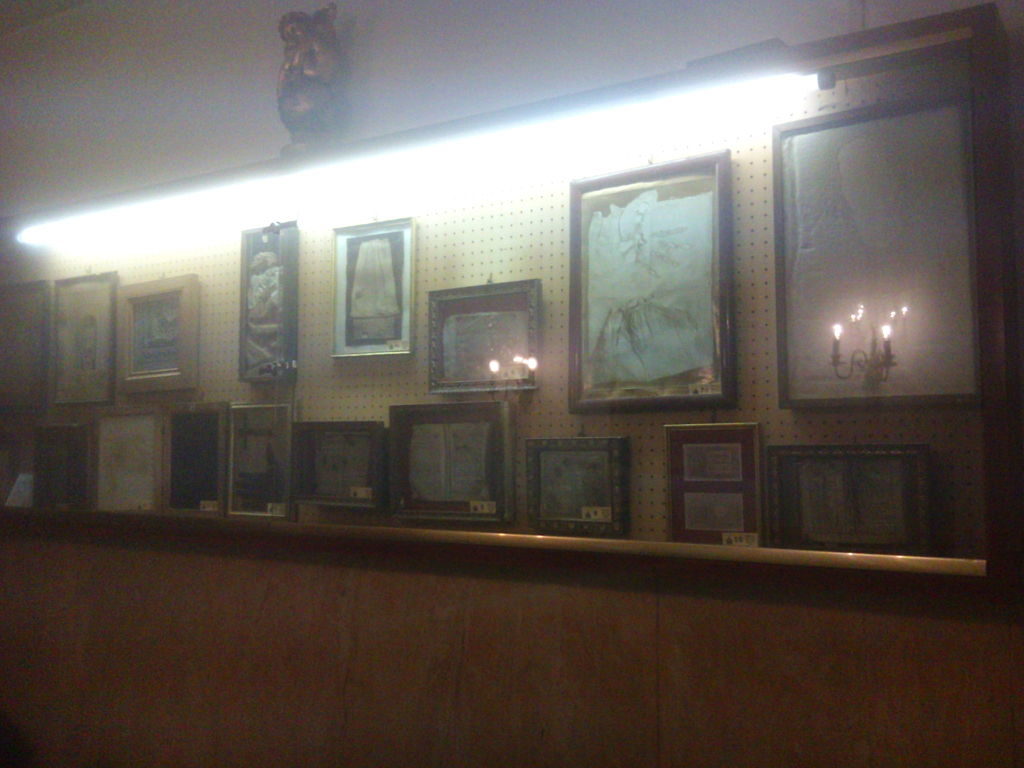
If you’ve ever walked along the Tiber river heading toward Castel Sant’Angelo but on the opposite side, you may have noticed a beautiful, gothic-style church. This is Chiesa del Sacro Cuore del Suffragio, and in the back of it you can visit the Museum of Souls in Purgatory. In 1897 a fire burned part of the back of the church and a soul trapped in Purgatory appeared before the congregation. Victor Jouët, a local Presbyter, decided to search for other objects scorched by similarly trapped souls seeking to communicate with our world to pray for them and set them free to heaven.
The “museum” is simply a room in the back of the church with a small collection of objects on display, books and clothing with burn marks that were allegedly left by loved ones seeking prayers from the living. You may need to ask someone in the church to let you into the museum.
Address Lungotevere Prati, 12
Admission Free
2. A chapel made out of monk bones and skulls
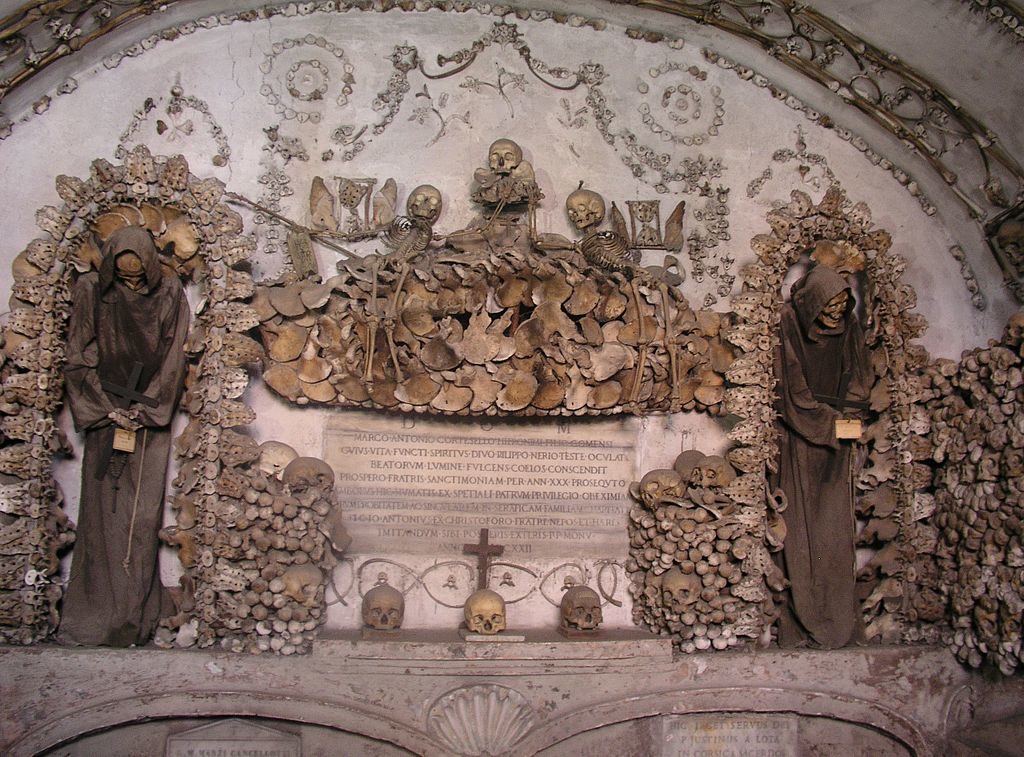
To continue with the macabre religious spaces in Rome, head to the vintage center of the Dolce Vita: Via Veneto. Below the church Santa Maria della Concezione dei Cappuccini on Via Veneto there is a museum dedicated to history of the Capuchin Order, well known members and their contributions. The route eventually brings visitors to a series of rooms decorated with the bones and skulls of (presumably) deceased Capuchin friars. When the church was constructed in the early 17th century, blessed by then Pope Urban VIII, a Capuchin himself, 300 cartloads of friar remains were brought to the crypt. The arrangement of the bones decorating the various rooms is meant to spark reflection on the passage of life into death and everlasting paradise.
Address Via Vittorio Veneto 27
Admission to the museum and crypt €8.50 (adult), €5 (under 18, over 65)
Hours Open everyday from 9am to 7pm
3. The architectural oddity that is Coppedè

For the architectural buffs visiting Rome, Coppedè represents the product of mixing several distinct design styles together: baroque, mannerist, gothic, medieval, and even art nouveau. But it doesn’t take a design degree to notice the “extra-ness” of the neighborhood. The decorations are quite literally over-imposing on each other. Whether you find it beautiful or not, it’s hard to ignore the vast contrast the neighborhood strikes compared to its neighboring buildings.
The Quartiere Coppedè isn’t really an official neighborhood in Rome but rather makes up part of the Trieste neighborhood in the north of the historic center. Construction began in 1915 under architect Gino Coppedè who oversaw the works until his death in 1927. The heart of the area is Piazza Mincio with it’s celebratory Fountain of the Frogs. There are 18 palazzi and 27 other smaller residential and office buildings that make up the Coppedè oddity. But for those looking to visit something bizarre not too far from the center of Rome, Coppedè is the place to go.
Address Piazza Mincio
4. The Shrinking Dome of St. Peter’s on Via Piccolomini
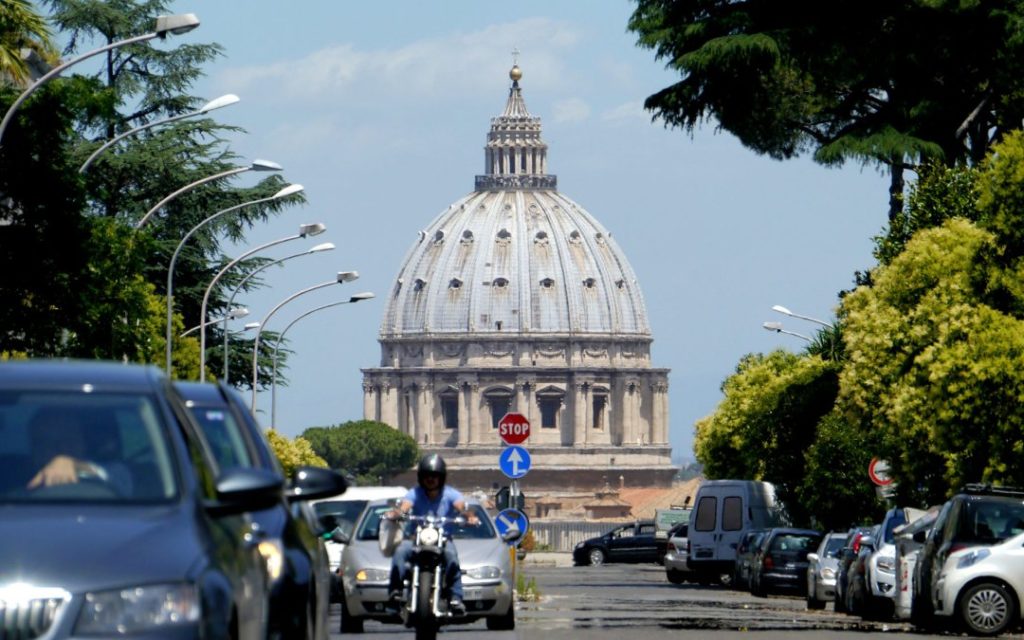
St. Peter’s Dome is one of the most important points of reference for locals and tourists alike. The dome is the tallest structure in Rome which makes it easy to identify from nearly every rooftop, park or vantage point outside the historic center. Of course there is the ubiquitous keyhole on the Aventine Hill that has become a quite popular destination for visitors to catch a secret, unobstructed view of the church dome, but Via Nicolò Piccolomini represents a lesser known option.
The street is located north of Villa Pamphilj east of the city center. The street runs toward the Vatican and was engineered so that the further away from the dome of St. Peter’s you travelled, the larger it appeared. The nearer you traveled toward the dome, the smaller it looks.
5. The luxury mall that has an aquaduct in its basement

In 2016 the multi-brand department store Rinascente opened its second flagship store on Via del Tritone in Rome. 96 windows face the busy artery that connects Piazza Colonna with Piazza Barberini. Inside 800 brands are represented on 8 floors with the top floor and rooftop with views of Rome’s rooftops reserved for a specialty food hall. But it’s what’s in the basement that really impresses. You can view the ruins of the original Acquadotto Vergine originally inaugurated by Emporer Augustus in 19 AD. This aquaduct brought water from outside Rome to supply some of the most important fountains in Rome and ended at the Trevi Fountain. A special light show projected onto the aquaduct which explains the major historical renovations made to the stones that ones again see the (flourescent) light of day.
Address Via del Tritone 61
Hours Open daily from 10am to 10pm
6. The island that’s shaped like a ship
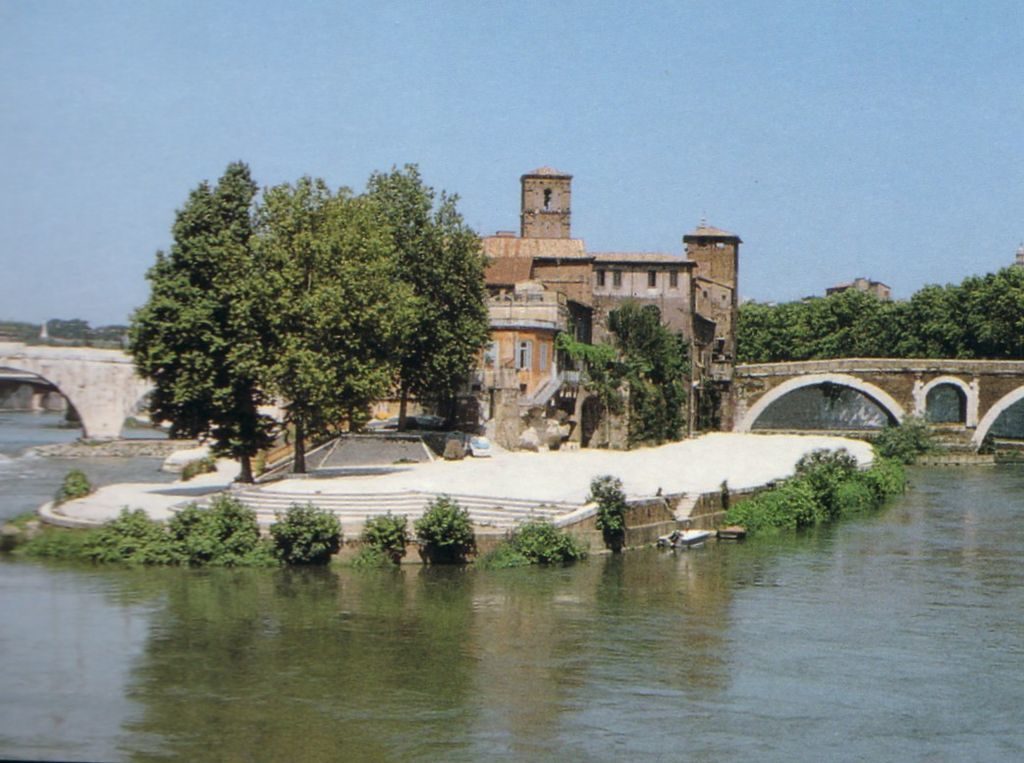
The Tiber Island is the only island that’s situated in the Tiber River. It’s ship-like shape lent itself to be even further modeled after a ship in the first century BC, when slabs of Travertine were added to the south end of the island to create a bow and walls were raised. The significance of the ship for the island can be traced back to myths related to the selection of the island as the site for an ancient temple to be built. Since antiquity the island has been a significant location for medicine and healing.
Today the island is home to the 10th century Basilica of St. Bartholomew on the Island and the hospital Fatebenefratelli Hospital founded by monks in the 16th century.
7. The Pope’s that’s buried in a door jamb
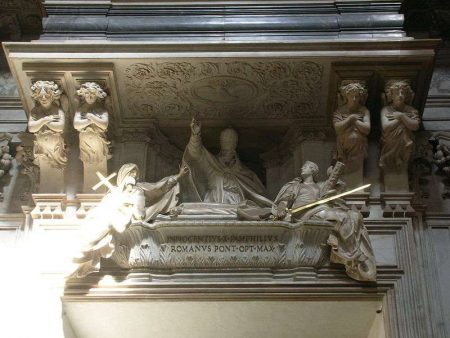
Pope Innocent X served as Pontificate from 1644 to 1655 and was noted as an intelligent scholar but indecisive leader. His legacy is eclipsed by an unexpected distraction, his sister-in-law Olimpia Maildachini. Olympia had been born to a respectable tax collector in Viterbo and used her intelligence, money, beauty, and power of persuasion to raise herself up to be the most influential person in the world at the time. But as was quite common with Pope’s at the time, when one Pope deceased, it was the family’s responsibility to oversee burial. But in Pope Innocent’s case, at the time of his death, he had managed to create many powerful enemies and his family was divided; much of this was the fault of Olimpia. There are stories that the Pope’s body was actually kept in a storage room of St. Peter’s for months following his death because his family refused to pay to have him buried.
Eventually when he was entombed, he was placed above the doorway of his family’s private chapel in Piazza Navona: Church of Sant’Agnese in Agone.
Address Via S. Maria dell’Anima 30/A
Hours Tuesday – Friday 9am – 1pm, 3pm – 7pm; Saturday and Sunday 9am – 1pm, 3pm – 8pm
8. The building that has a face

Reaching the summit of the Spanish Steps rewards you with a beautiful view of the piazza below and Barcaccia fountain, as well as Via Condotti and the rooftops of Rome. A few steps back along Via Gregoriana visitors can be met with the playful scare from the fantastical door and windows of Palazzo Zuccari. Originally built as the home for Federico Zuccari (one half of the brother duo who are responsible for the stunning fresco Allegories of the Months and Seasons at the Costaguti Experience) in 1592. Zuccari left the home to his heirs with the hopes that it would be turned into a place for artistic study for artists, but instead they sold it. Over the years various tenants expanded the property, adding floors and a garden. In 1904 the home was acquired by Enrichetta Hertz, who used the home to hold her collection of art works and books. She bequeathed her paintings to the Italian government and her art library to the German government. Today her collections make up the Bibilioteca Hertziana, or otherwise known as Max Plank Institute for Art History library.
Guided visits (Italian only) inside the building are offered every 2 months or so. You can view the tour schedule here.
Address Via Gregoriana, 28
Admission Free
ROMAC is a leading vacation rental management company that’s welcomed thousands of international guests for over 10 years. Check out ROMAC for special offers on vacation rentals in Rome for small and large groups visiting the Eternal city! Use filters to refine your search by neighborhood, nightly rate, number of guests, and specific amenities.
Post cover shot of Coppedè by Bruno on Flickr
Have you visited any of these oddities in Rome? Share your experiences with us in the comments below! Anything missing from our list?








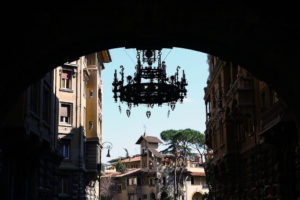
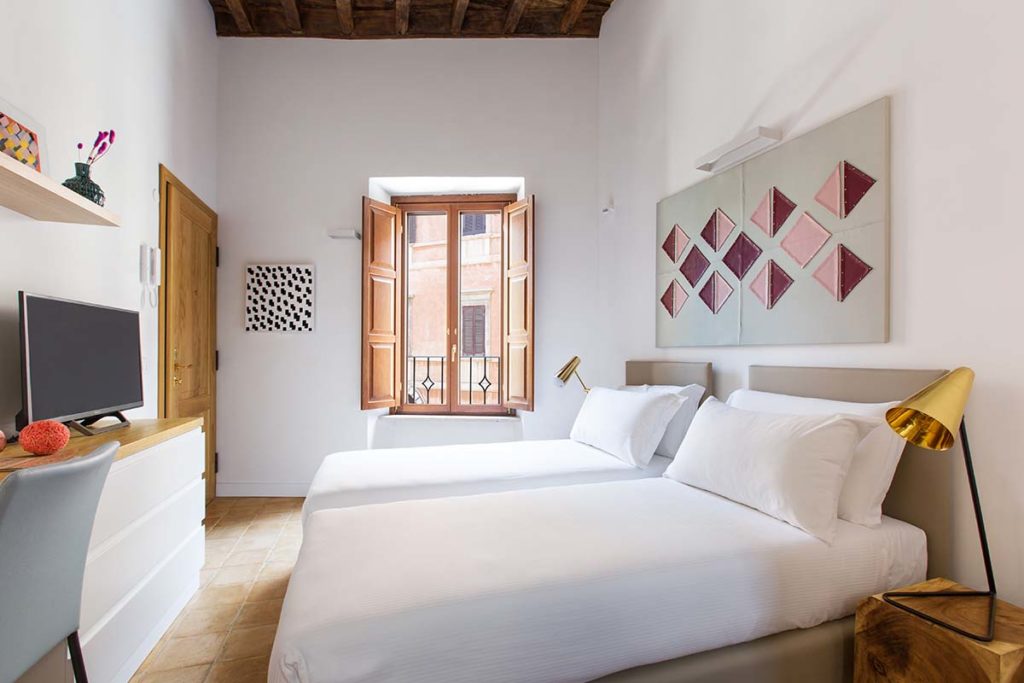






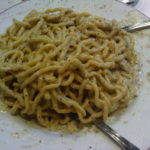

[…] Interested in other quirky spots to check out in Rome? Read our post about 8 sites in Rome that are beyond belief! […]